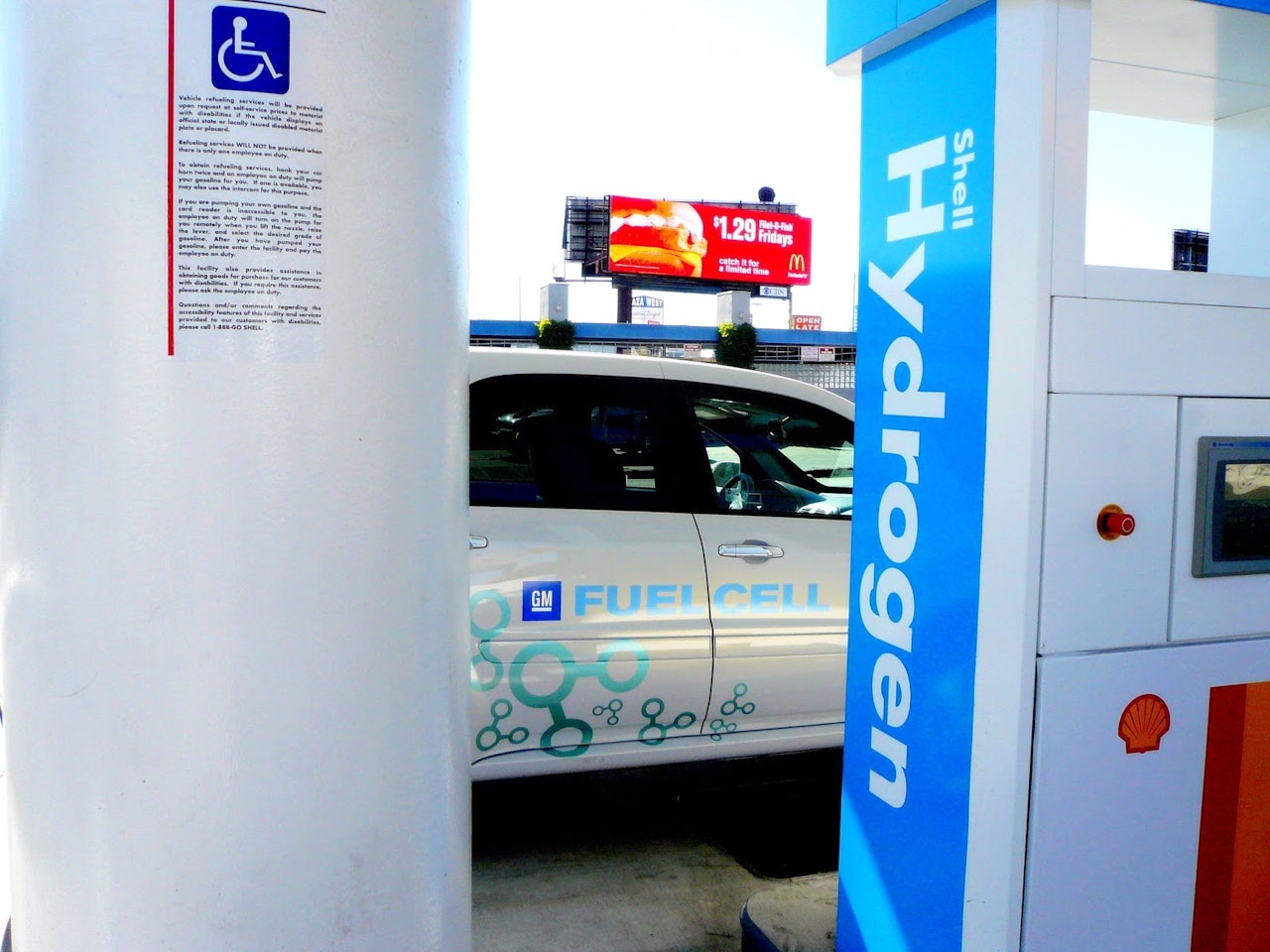- Solar energy blog
- Solar power’s role in supercharging green hydrogen
Solar power’s role in supercharging green hydrogen


Laura Rodríguez
Territory Manager Oceania & Nordics
Laura is a renewable and software industry sales professional, currently working at RatedPower as Territory Manager Oceania & Nordics. With a background in International Business and International Trade, Laura previously worked in the business strategy area in various companies as well as as a market analyst for the Government of Spain in Australia.

Content
As we saw in our recent post, hydrogen fuel will play a crucial role in the transition to full decarbonization. But for hydrogen to meet the goals of reducing carbon emissions, it must be generated from renewable energy, rather than polluting fossil fuels.
The concept of adopting so-called “green hydrogen” is gaining traction with companies around the world, which see opportunities to generate hydrogen directly from solar panels, specifically with solar excedents, without using electricity from the power grid.
Solar power can run electrolyzers to convert water into hydrogen. It’s an energy-intensive electrolytic process that has hampered widespread adoption in the past.
But, what are some of the projects using hydrogen today and what is the real potential for energy generation? Let’s find out.

Using excess renewables to produce green hydrogen
Almost all hydrogen produced, which amounts to around 70 million tons each year, is currently supplied from fossil fuels, accounting for around 6% of the world’s natural gas consumption and 2% of coal demand. But given falling costs for renewable generation, building electrolyzers to produce hydrogen from solar and wind power offers a clean, low-cost option, even after the cost of transporting the hydrogen to end-users is taken into account.
Producing 70 million tons of electrolytic hydrogen would require 3,600TWh of electricity, which amounts to more than the combined annual power production of the European Union, according to the International Energy Agency.
But today there is untapped potential in renewable capacity, as some solar and wind power is lost to constraints in transmission and distribution grids. To maintain stability, some grid operators have had to cap the amount of renewable energy that is sent to overloaded transmission lines. During windy and sunny days, renewable energy is sold at unprofitably low prices and some generators are even forced offline to balance the system.
For example, Northern Ireland and the Republic of Ireland set a target to generate 40% of electricity from renewables by 2020, but the grid has struggled with stability, resulting in some wind and solar output being wasted.

Projects aiming to use excess renewable generation to produce green hydrogen
Startup SolarMarine Energy has designed a floating solar energy system for coastal and island locations to produce hydrogen. Another startup, EI-H2, in May announced plans for a 50MW green hydrogen project in Cork in the Republic of Ireland to produce 20 tons per day from 2023 from excess wind generation. And in July, it partnered with fuel producer Zenith Energy to develop a 3.2GW green hydrogen and ammonia project to start operations in 2028 from offshore wind.
Elsewhere, US-based SunHydrogen, previously known as HyperSolar, is developing a solar hydrogen panel that generates hydrogen from sunlight and any source of water, including wastewater and seawater. The company is initially focusing on providing hydrogen for fuel cell vehicles, but it also intends for its technology to be used in petrochemicals, as well as industrial, residential, and commercial applications.
With more large-scale offshore wind farms and solar plants coming online in the next few years, the challenges of balancing power grids are set to increase. But the hydrogen produced from excess renewable energy could in turn provide a source of energy storage that is released when wind and sunlight levels are low. That would address one of the primary concerns about the intermittent nature of solar and wind energy and make the transition to 100% renewable generation a reality.
Green hydrogen in transport
There is great potential to use hydrogen in the transportation sector too – especially in larger vehicles where the weight and driving range of electric batteries can present challenges. Decarbonizing transport is central to countries being able to meet zero-emissions targets, as it accounts for around a quarter of carbon emissions from fuel combustion.
Refueling a vehicle with hydrogen is faster than recharging a battery, making it an attractive option for frequent road users. There are already car models using hydrogen fuel cells (FCEVs) on the roads in several countries, including the Toyota Mirai.

In Europe, the H2Bus Consortium – including members such as Everfuel Europe, Wrightbus, Ballard Power Systems, and Ryse Hydrogen – launched in 2019 with the aim of deploying a fleet of 1,000 hydrogen fuel cell buses. The consortium is also installing the infrastructure to make them competitive.
In June, Norway unveiled a hydrogen roadmap as part of its national budget, following on from its hydrogen strategy launched in June 2020. Its short-term plan is to establish five hubs for the production and use of hydrogen in maritime transport by 2025, with hydrogen established as a viable alternative by 2030. The budget proposes to increase financing to develop hydrogen infrastructure and facilitate the development of a market, and establish a clean energy research center focused on hydrogen and ammonia.
Beyond fuel cells, hydrogen can be converted into several different fuels, such as ammonia, methanol, and synthetic methane, which can also be used in transportation.
Work with RatedPower on your solar project
Are you developing a solar energy project? Here at RatedPower, we can help you optimize the output from the site with our platform. Contact us to find out how.
Latest stories
Related posts
Technology and engineering
Outsmarting congestion: How efficient solar design helps navigate Nordic grid limits
Learn how Nordic operators and solar developers are adjusting to tighter grid conditions and how policy and design decisions are keeping projects on track.
Updated 16 DEC, 25

Technology and engineering
The rise of ultra-thin perovskite solar cells
Learn about Japan’s $1.5B initiative to commercialize ultra-thin, flexible perovskite solar cells and how it could transform the solar landscape globally.
Updated 30 SEP, 25

Technology and engineering
The green hydrogen boom in LatAm
Latin America is emerging as a green hydrogen leader. Learn how LatAm countries are leveraging solar and wind power to drive green hydrogen production.
Updated 22 JUL, 25

- RatedPower
- Solar energy blog
- Solar power’s role in supercharging green hydrogen
 Watch a demo
Watch a demo Ask our AI Product Expert
Ask our AI Product Expert
